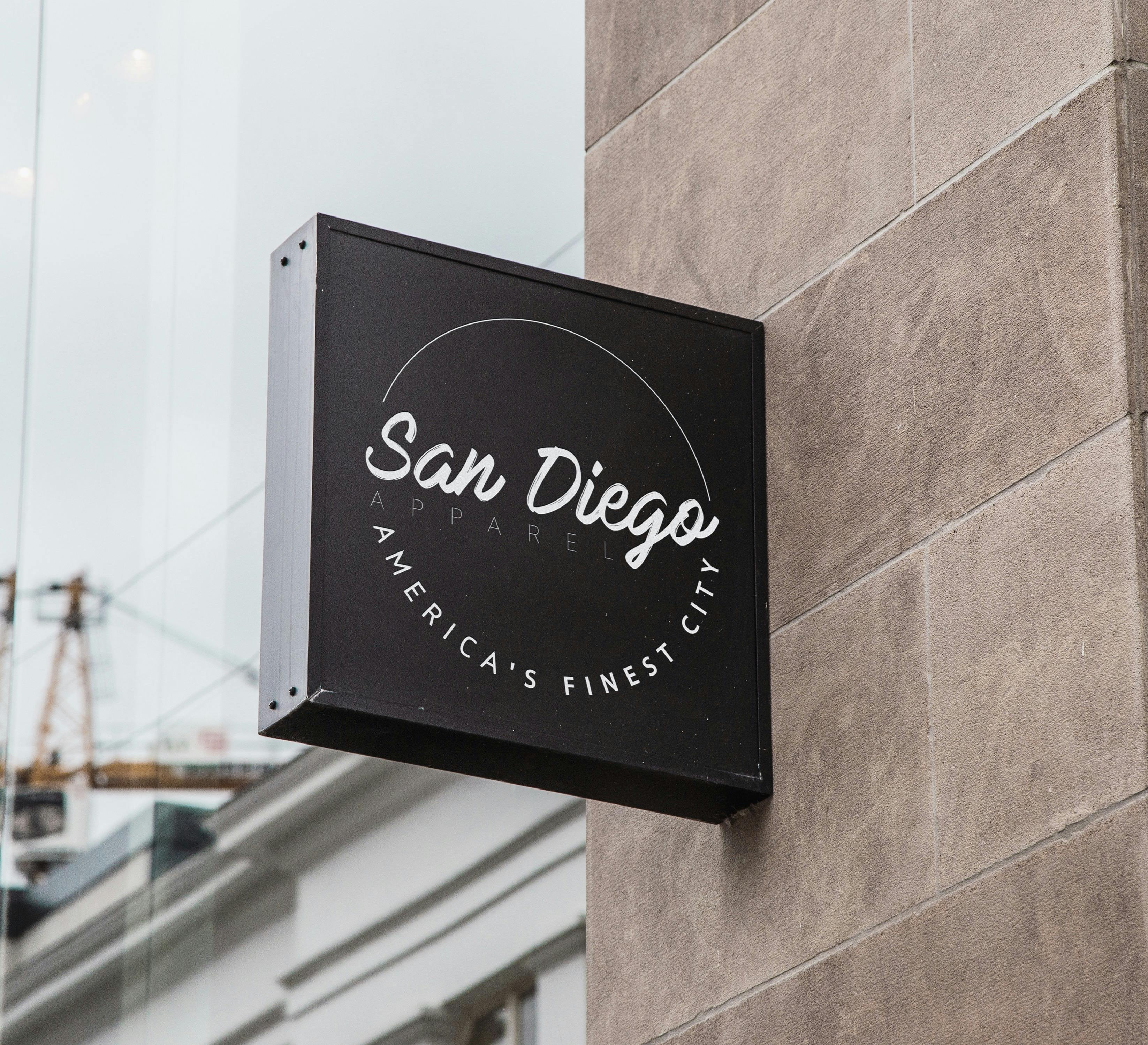When the Internet first started, email programs could only handle text messages. In addition, Internet access was so slow that downloading an HTML email newsletter was unacceptable to most recipients due to additional time and fees.
But computer and Internet technologies are advancing more and more, and a simple text email message is losing popularity. Today, HTML messages have come to the fore. Almost all email programs are designed to display HTML emails. This means that designing an email newsletter in HTML is becoming essential to email marketing success.
If you want to have a more attractive and unique HTML email newsletter, you can order the newsletter design from some newsletter design agency, or you can download the newsletter design software available on the website, and following their tutorials, finish the newsletter. bulletin. Of course, if you want better results, professionalism is required. For the fixed price, newsletter designers can create various newsletter templates for you. If they find a layout you like, they’ll make the necessary changes to it to finally get the newsletter layout you’re looking for.
You should also decide on the format of the newsletter that you will use. The design of the ezine is also just as important as the design of the newsletter. Layout is the position of the different elements of the ezine so that they blend well and enhance the value of the newsletter to readers.
If you’re going to design an HTML newsletter yourself, most modern email newsletter applications include an HTML editor that’s as easy to use as your word processor. Just type your text and most of the time it is formatted for you.
With the basic features of the HTML editor, you can play with font color and size, use bold or underlined text, emphasize the most important elements of the text with bullet points, insert images into your message, and create hyperlinks. Those are the simplest HTML features you can use to create a more attractive HTML email newsletter.
The important thing to remember is that there are a variety of email applications and they render HTML format differently. This means that the same HTML email may display fine in one email program and not in another. Don’t forget web-based email applications. They also have their peculiarities.
For example, if you insert an image of your local disk into the message, this image will be seen as an attachment in a web-based email service. To avoid this, host the images on your web server and include the links to them in your email. Thus, the images will load automatically when the recipient opens your message in a webmail application.
However, there are common rules that apply to good HTML design. You can follow them so your HTML email newsletter will display as you expect.
1. Set the width to 500-600 pixels
Since your HTML email will be displayed in the email client’s preview pane, which is a small part of the available screen, you should design emails with a width of about 600 pixels. For example, when MS Outlook Express is maximized to full screen, the preview pane is only about 440 pixels wide.
2. Keep HTML formatting simple
Since email applications can distort the HTML message in different ways, you should keep your email design nice and simple. Avoid complicated layouts, too many tables, and tables with too many rows and columns. Also, a complex HTML newsletter will take longer to open and will not be appreciated by recipients.
3. Don’t use Flash (JavaScript, movies and other stuff) in HTML email
You can send HTML emails with Flash files, but most of your recipients won’t be able to see them. This is because only Microsoft Outlook and Apple Mail use the operating system’s built-in browsers to process your email. Also, most people have anti-virus and anti-spam applications that block the code used to embed Flash files. Flash was created for the web browser, and that’s where it should stay.
4. Don’t over-convey CSS in HTML email
CSS (Cascading Style Sheets) is good for websites, but don’t overdo it with HTML email. For example, you shouldn’t expect DIVs to work. And definitely avoid CSS positioning – it won’t work. Use old-fashioned tags for your layouts in HTML email and just use CSS for colors and simple font formatting. Always design your email to look decent if someone removes your CSS. Before you send your HTML email, remove the CSS and see how it displays.
If you are not a professional HTML designer, you can search for ready-made email templates on the Internet. There are several template packs available for purchase. A good source is here http://www.hotmailtemplates.com. This site offers free and commercial HTML email templates. The template pack also includes the source template file so you can edit the design if you like.
It’s a good idea to test your HTML email design with as many different apps and email accounts as possible. Before you send your newsletter out to the world, you’ll want to check how your email design behaves in different scenarios because there are many email applications and they all handle HTML email differently.

